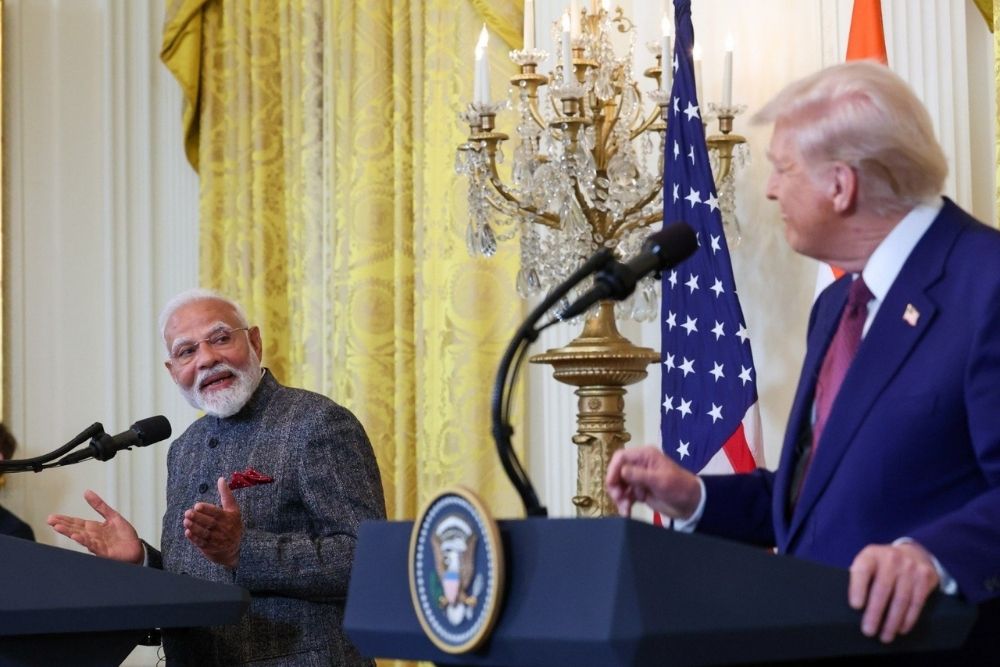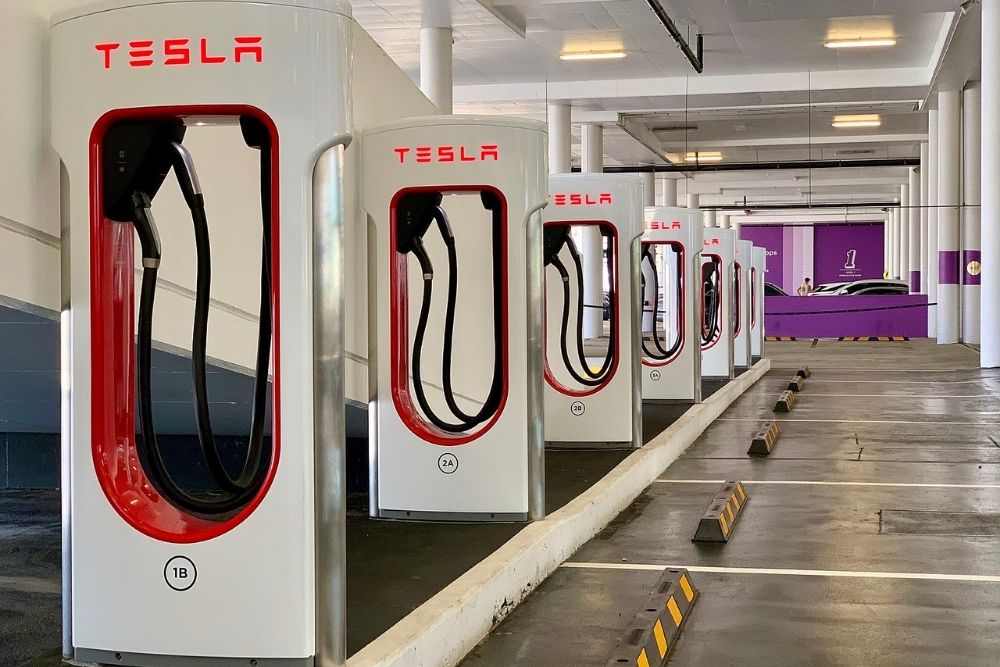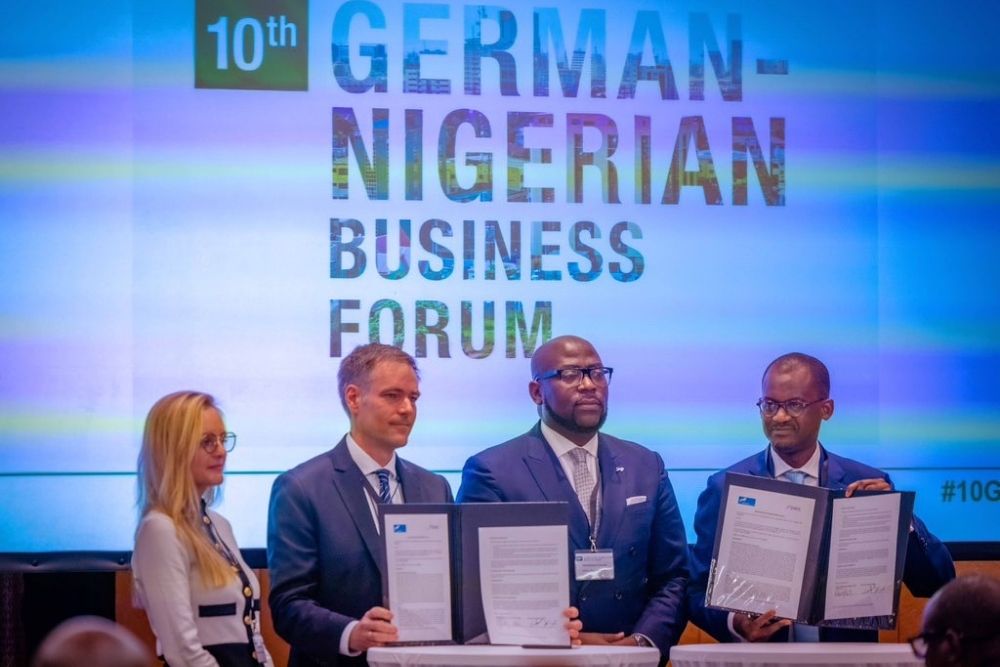Japan’s SoftBank buys the remaining 25% stake of British chipmaker Arm
- August 19, 2023
- Posted by: Quatro Strategies
- Categories: AI & Semiconductors, Asia Pacific, Europe

SoftBank Group Corp has acquired the remaining 25% stake in Arm Ltd, a chip designer, from its Vision Fund unit, in a deal that values Arm at $64 billion. The details of the transaction are expected to be revealed when Arm files for its stock market launch. This acquisition by SoftBank is likely to impact Arm’s initial public offering (IPO) plans, leading SoftBank to sell fewer Arm shares during the IPO and retaining a stake of around 90% in the company. The capital raised by Arm from the IPO is also expected to be lower than initially projected, ranging between $8 billion to $10 billion.
SoftBank is currently in discussions to list Arm at a valuation of $60 billion to $70 billion in the IPO, which is anticipated to take place in September. This move comes after SoftBank took Arm private for $32 billion in 2016 and subsequently sold a 25% stake to Vision Fund 1 for $8 billion in 2017.
By acquiring the Vision Fund’s stake, SoftBank eliminates a potential overhang on Arm’s stock post-IPO. The Vision Fund had initially planned to cash out its stake in the market gradually after the IPO, while SoftBank aims to remain a long-term strategic investor in Arm.
This deal is also seen as a significant success for Vision Fund 1’s major investors, including Saudi Arabia’s Public Investment Fund and Abu Dhabi’s Mubadala. These investors faced losses due to SoftBank’s troubled bets on startups like WeWork and Didi Global.
Arm’s decision to go public comes as the U.S. IPO market starts to show signs of recovery, following a period of reduced activity. Other companies, such as Instacart and Klaviyo, are also expected to go public in New York in September.
Interested in learning more?
Sign up for Top Insights Today

Top Insights Today delivers the latest insights straight to your inbox.
You will get daily industry insights on
Oil & Gas, Rare Earths & Commodities, Mining & Metals, EVs & Battery Technology, ESG & Renewable Energy, AI & Semiconductors, Aerospace & Defense, Sanctions & Regulation, Business & Politics.


